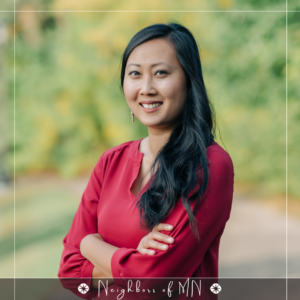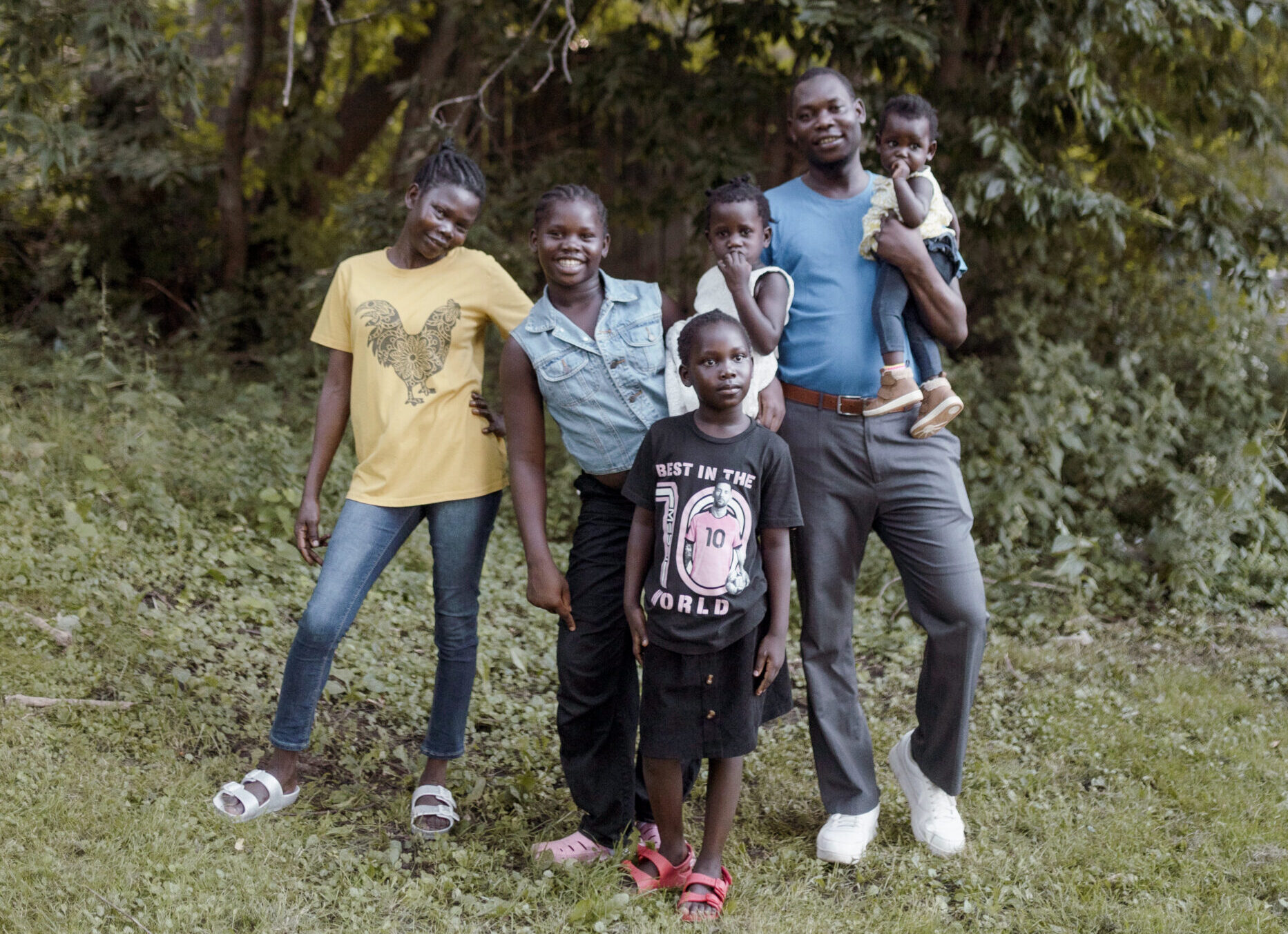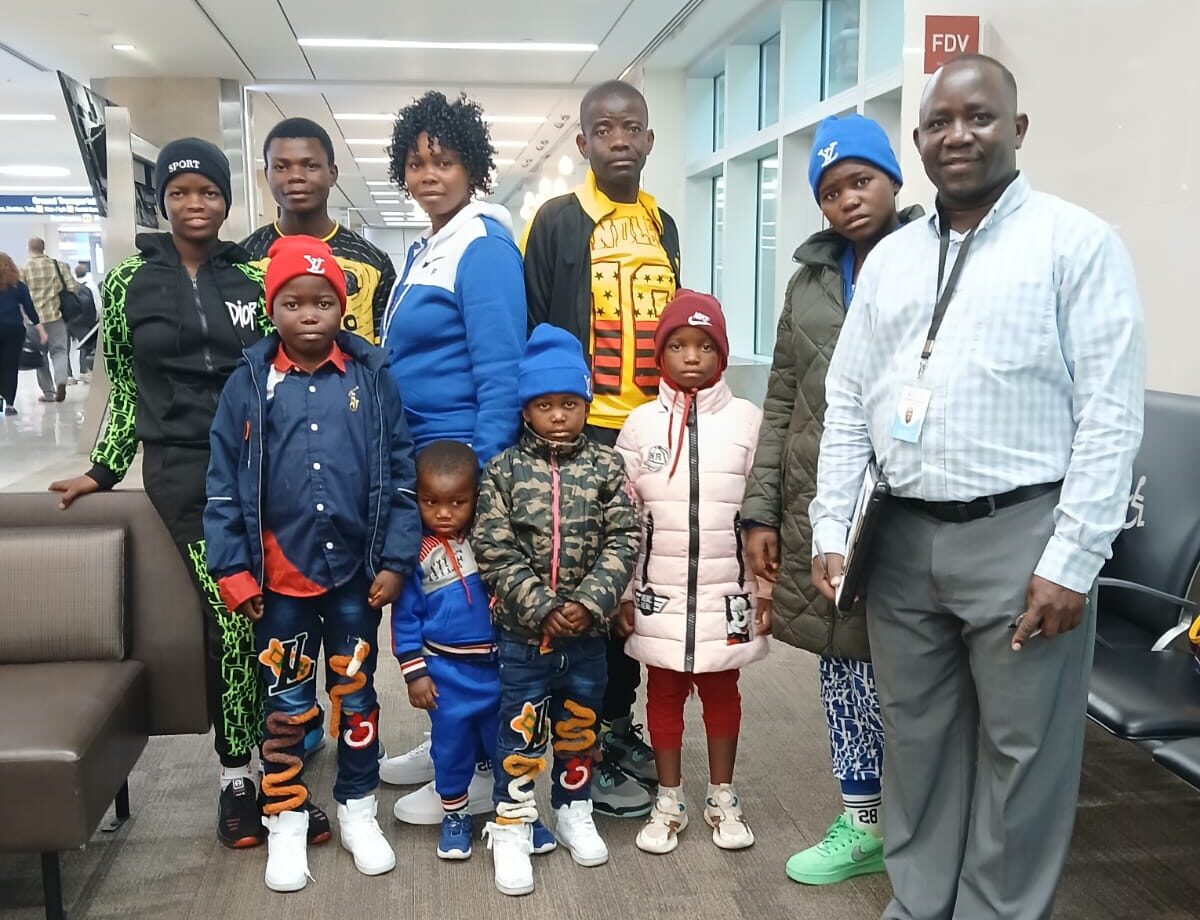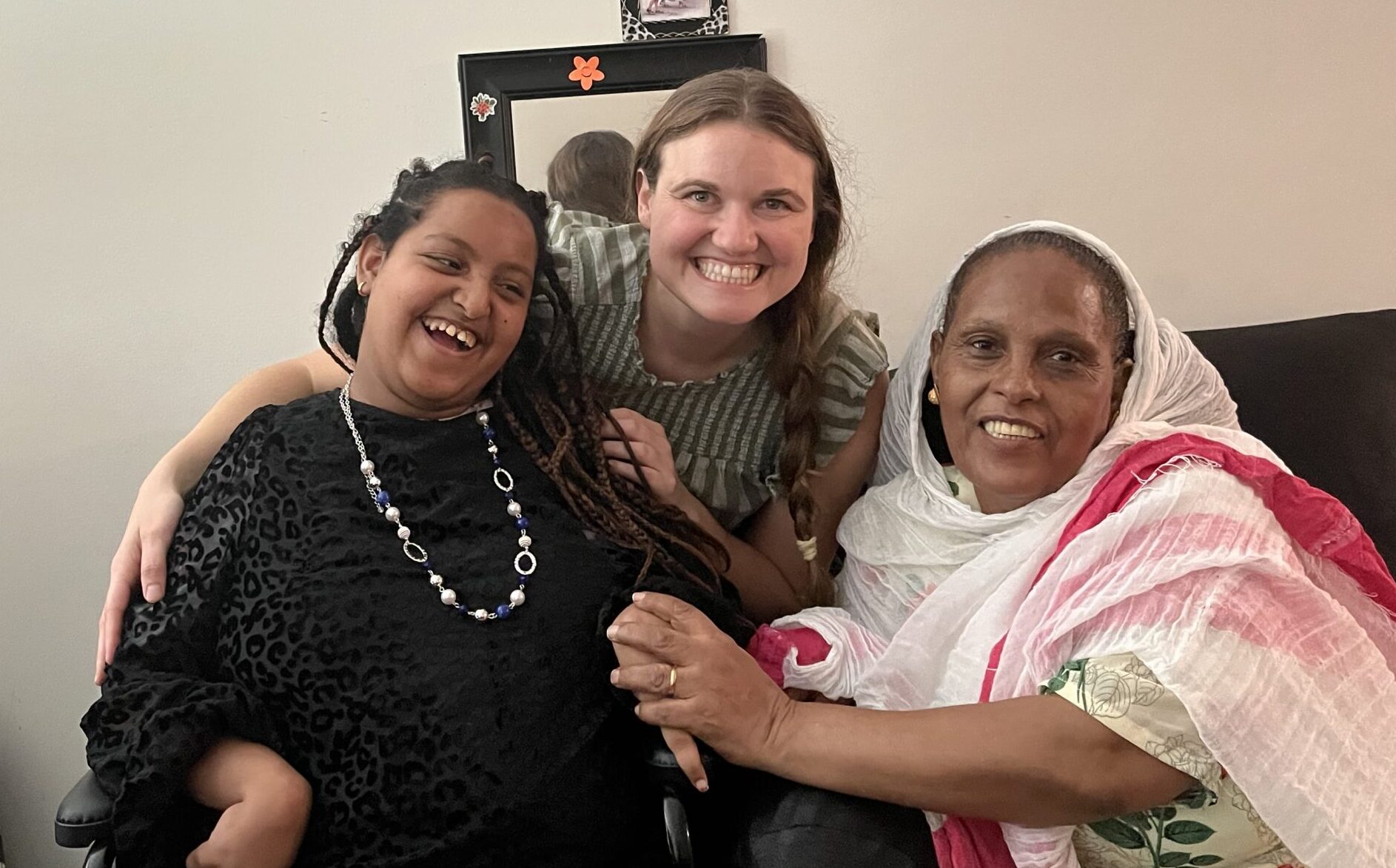Neighbor of MN
Alicia
A lot of people at RiverLife have a strong connection to either their parents’ or grandparents’ refugee journey.
RiverLife Church is a second and third generation Hmong Church. A lot of people at RiverLife have a strong connection to either their parents’ or grandparents’ refugee journey.
When I was a little kid, my mom would share stories of her life nearly every night. They were not good stories. Both she and my dad were orphaned by the time the Vietnam War broke out in their early childhood. I think sharing her story provided a lot of healing.
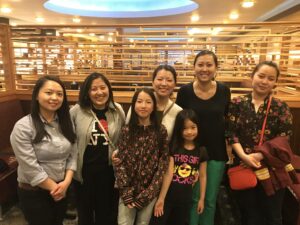
Some of our church members still keep in touch with their church sponsors from when their parents arrived in Minnesota. Our team leader was really passionate about starting a refugee ministry at RiverLife Church; so when we saw that Arrive Ministries has a program that empowers the church to walk alongside refugees, we decided to form a team. We were connected to a Karen family: a mom, dad, and two little boys who had recently arrived from Thailand.
It was helpful for me to have an understanding of what the refugee journey could look like. I think the journey of our Karen friends had more stability than my parents did, but there is still a lot of trauma associated with fleeing from danger. Understanding my parent’s journey of fleeing Laos increased my compassion for our new Karen friends.

Even though our team is mostly Asian (Hmong), and the family is also Asian (Karen), we didn’t speak the same language, so we tried to find other commonalities.
I remember our first meeting was with an Arrive staff person and an interpreter in their apartment. That was our only visit with an interpreter. When we left the Arrive staff person said “You guys will do great! I believe in you. Call if you need anything.” We were all very nervous.
We had a team of 8 individuals and we formed partnerships of 2, so each Wednesday, a different group would visit the family.

Even though our team is mostly Asian (Hmong), and the family is also Asian (Karen), we didn’t speak the same language, so we tried to find other commonalities.
We tried to use google translate and show them the words in Karen, but typing in the word to show them slowed down the conversation, so we scrapped that.
We were able to communicate via gestures and drawings; we would point to things, show pictures, draw on white boards.
We were able to communicate via gestures and drawings; we would point to things, show pictures, draw on white boards. That was cool.
In the beginning our visits would last a maximum of 30 minutes, because it felt like a long 30 minutes when we don’t speak the same language.
I started bringing kids’ flashcards to go through with the kids and the mom, Ka Paw See. She was taking an ESL class and her oldest son was in kindergarten, so we started doing their homework with them. It was a nice way to spend our time together and practice conversation.
 We brought a TV and antennae and showed them how to operate the remote. At one point a family brought their kids’ bikes from home to ride with the boys and we’d go outside to bike and play with their boys.
We brought a TV and antennae and showed them how to operate the remote. At one point a family brought their kids’ bikes from home to ride with the boys and we’d go outside to bike and play with their boys.
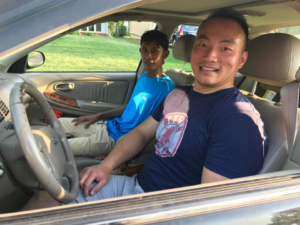 We taught the husband, Win San Oo how to drive, at first we would say “left” but he would turn right, and vice versa, so we resorted to hand gestures and facial expressions, and he caught on really well. Win San Oo passed his driver’s test the first time with flying colors.
We taught the husband, Win San Oo how to drive, at first we would say “left” but he would turn right, and vice versa, so we resorted to hand gestures and facial expressions, and he caught on really well. Win San Oo passed his driver’s test the first time with flying colors.
We really wanted them to see a glimpse of how we lived our lives too. In our homes, everyone sat at the dining table with forks and spoons for the meal. We felt that by inviting them into our world, we were showing them true hospitality.
We felt that by inviting them into our world, we were showing them true hospitality.
Forming a friendship while overcoming language barriers is awkward, but you work through it. I still get invited to birthday parties where I don’t know what’s going on, but they love me regardless. And I love them.


